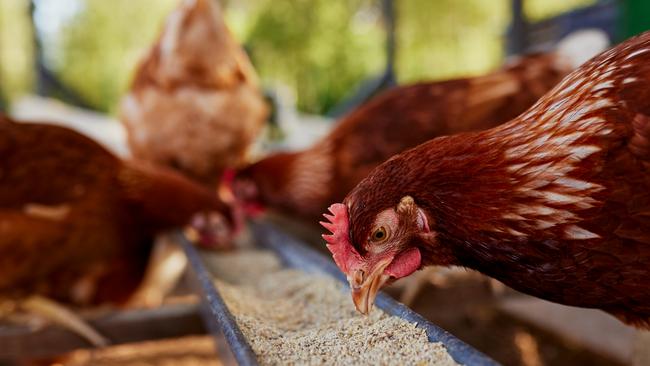Albanese government invests $100m to battle avian influenza: admits its arrival cannot be prevented
Australia is the last continent to remain free of a particular bird flu strain that has caused significant deaths of poultry, wild birds, and mammals overseas.

The Albanese government will provide nearly $100m to prepare Australia against a strain of bird flu that threatens domestic agriculture and the economy.
While Australia has so far not detected the high pathogenicity H5 strain of the avian influenza on its shores, a senior government minister said “we will not be able to prevent its arrival” and will spend millions to buttress key defences.
The government has outlined three key spending priorities: $37m in agriculture and biosecurity; $35.9m in accelerating environmental measures and protecting biodiversity; and $22.1m in public health preparedness, including acquiring vaccines for rare human infections.
This follows a $6.9m package in July this year to combat the disease.
Australia is the last continent to remain free of the H5 High Pathogenicity Avian Influenza strain that has caused significant deaths of poultry, wild birds, and mammals overseas.
Sporadic outbursts of a different H7 strain in Australia and the subsequent culling of chickens resulted in egg supply disruptions earlier this year. Health authorities have said neither strain affects the food safety of eggs and chicken meat.
Human infections are rare and international experience shows this happened mostly to dairy and poultry workers.
Agriculture Minister Julie Collins said the H5 strain presents “a real and significant threat to Australia’s agriculture sector”.
“Impacts experienced this year from outbreaks of other strains of high pathogenicity avian influenza highlight the importance of continued investment in national preparedness,” she said.
“Today’s announcement will strengthen our ability to detect any incursion and enhance biosecurity responses where it counts – working in partnership to collaboratively manage national biosecurity threats.”
Environment Minister Tanya Plibersek said the “awful reality of this disease is that – like the rest of the world – we will not be able to prevent its arrival”.
“As Environment Minister, my focus is on doing everything I can to protect our precious threatened species,” she said.
“I am particularly concerned about the potential impact on species already at risk of extinction and not well placed to cope with significant mortalities. This includes marine mammals such as the endangered Australian sea lion, and sea birds like the Christmas Island frigatebird, which has only one breeding site.”







To join the conversation, please log in. Don't have an account? Register
Join the conversation, you are commenting as Logout